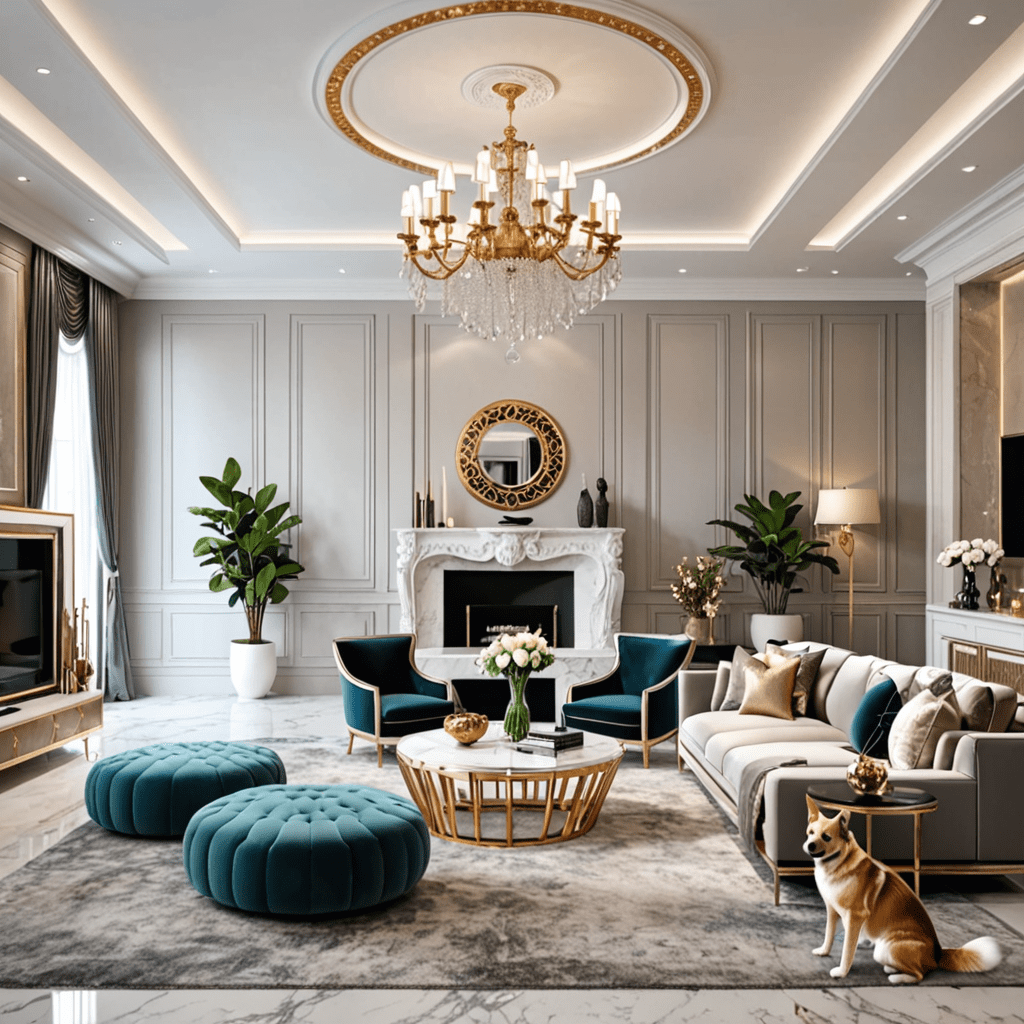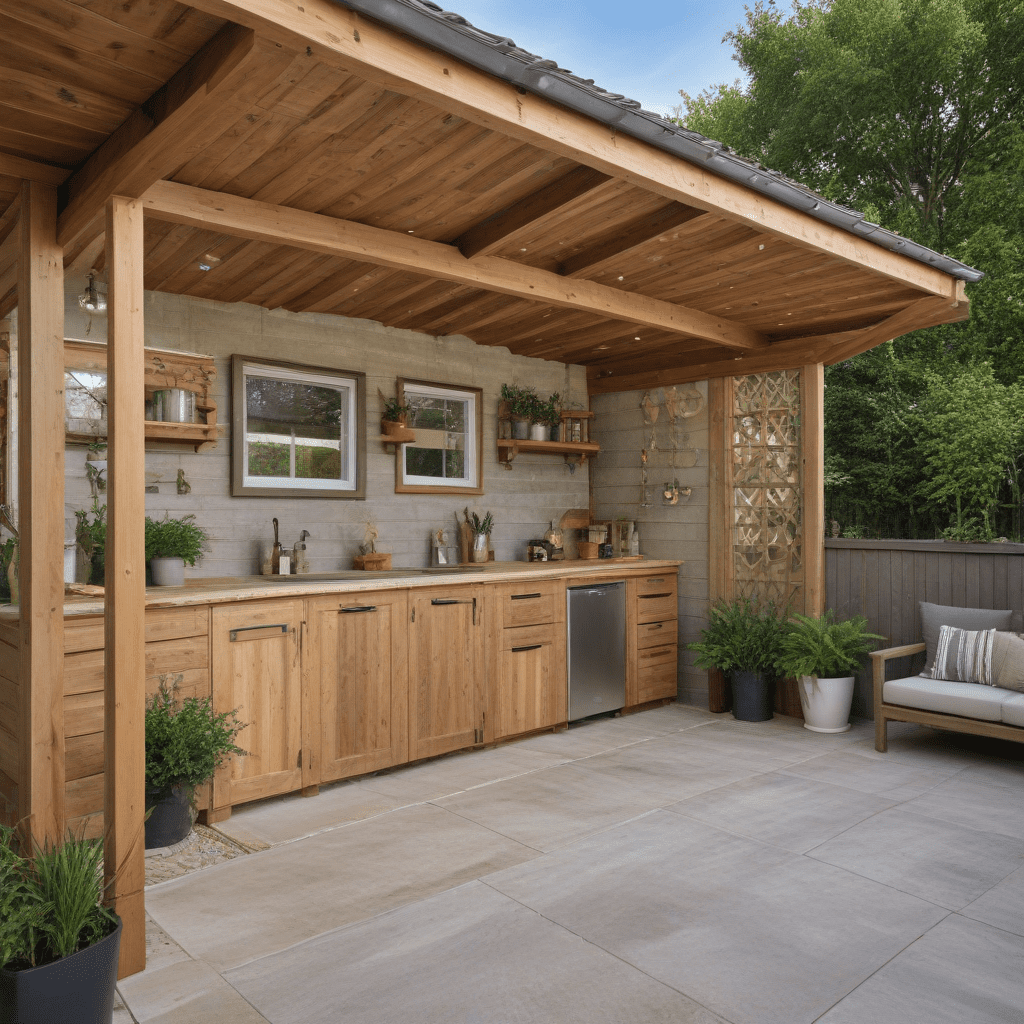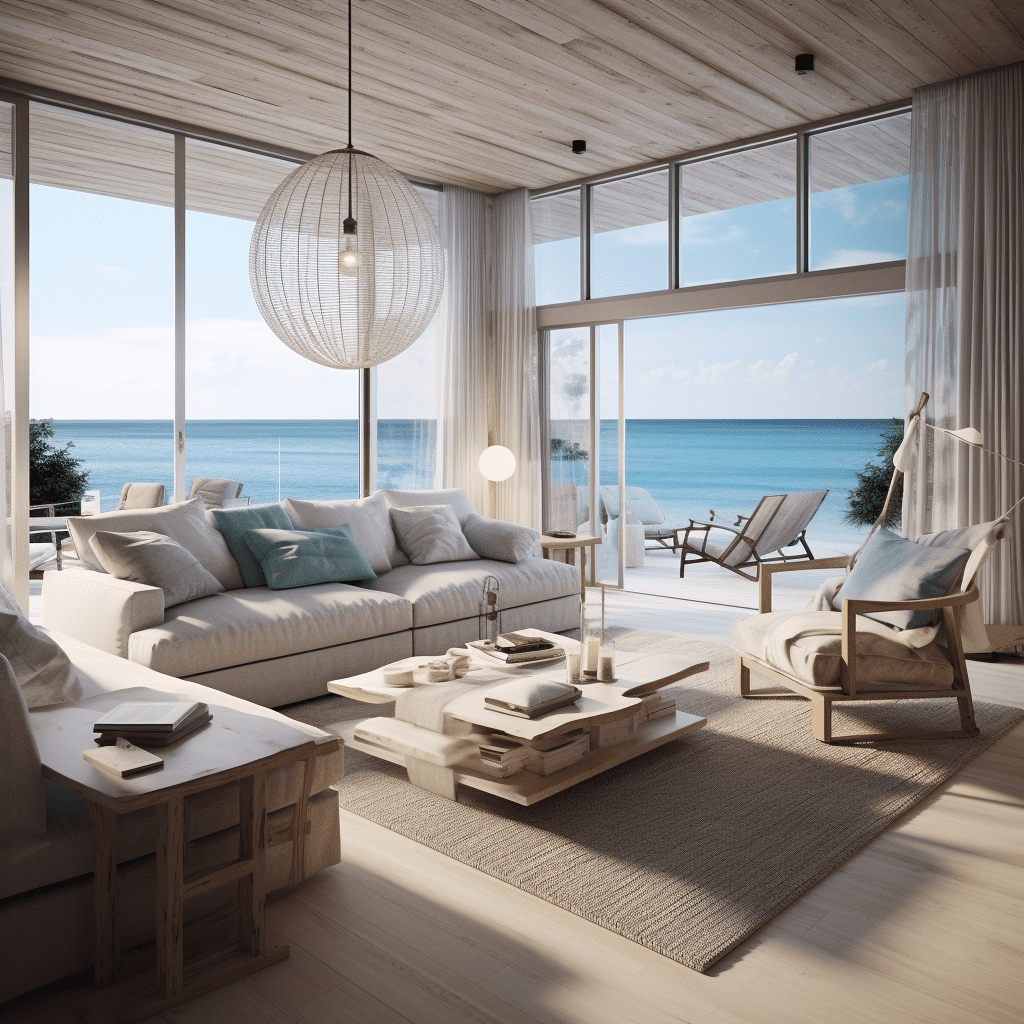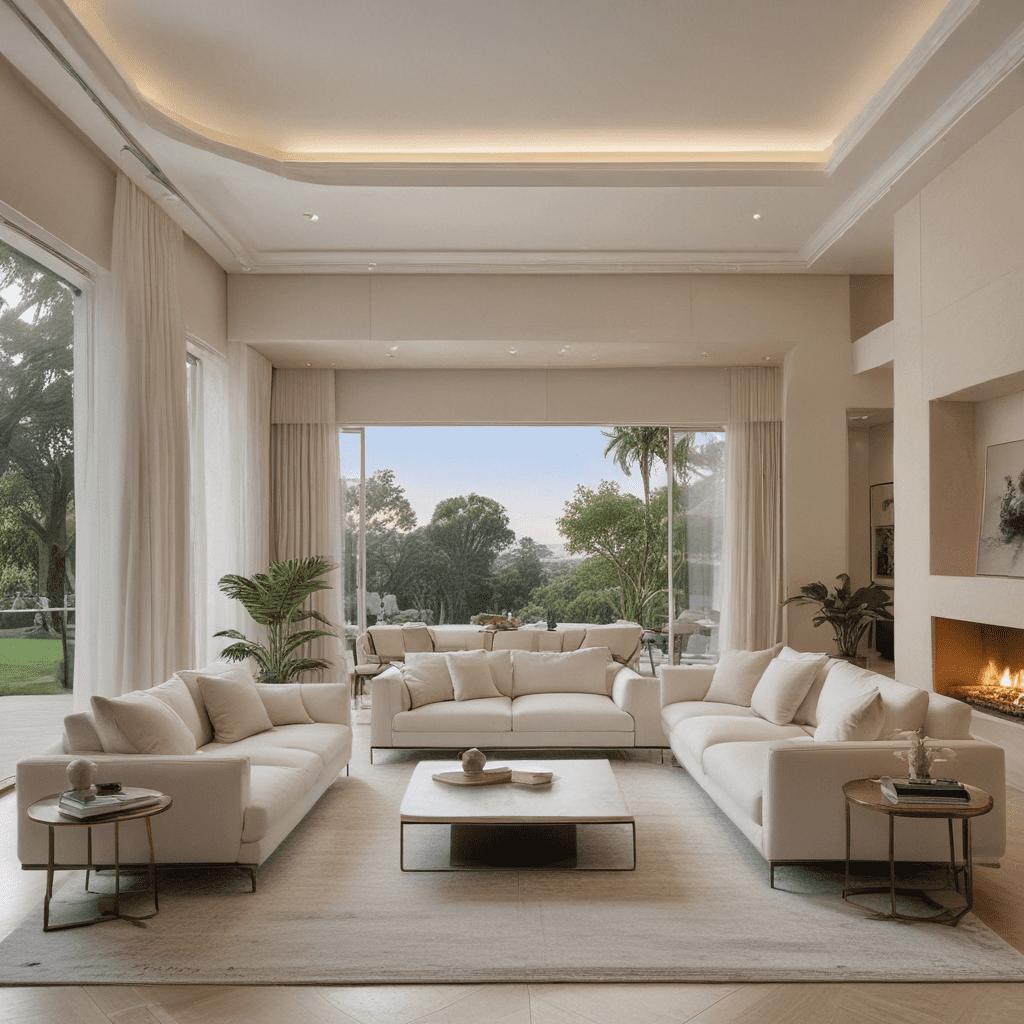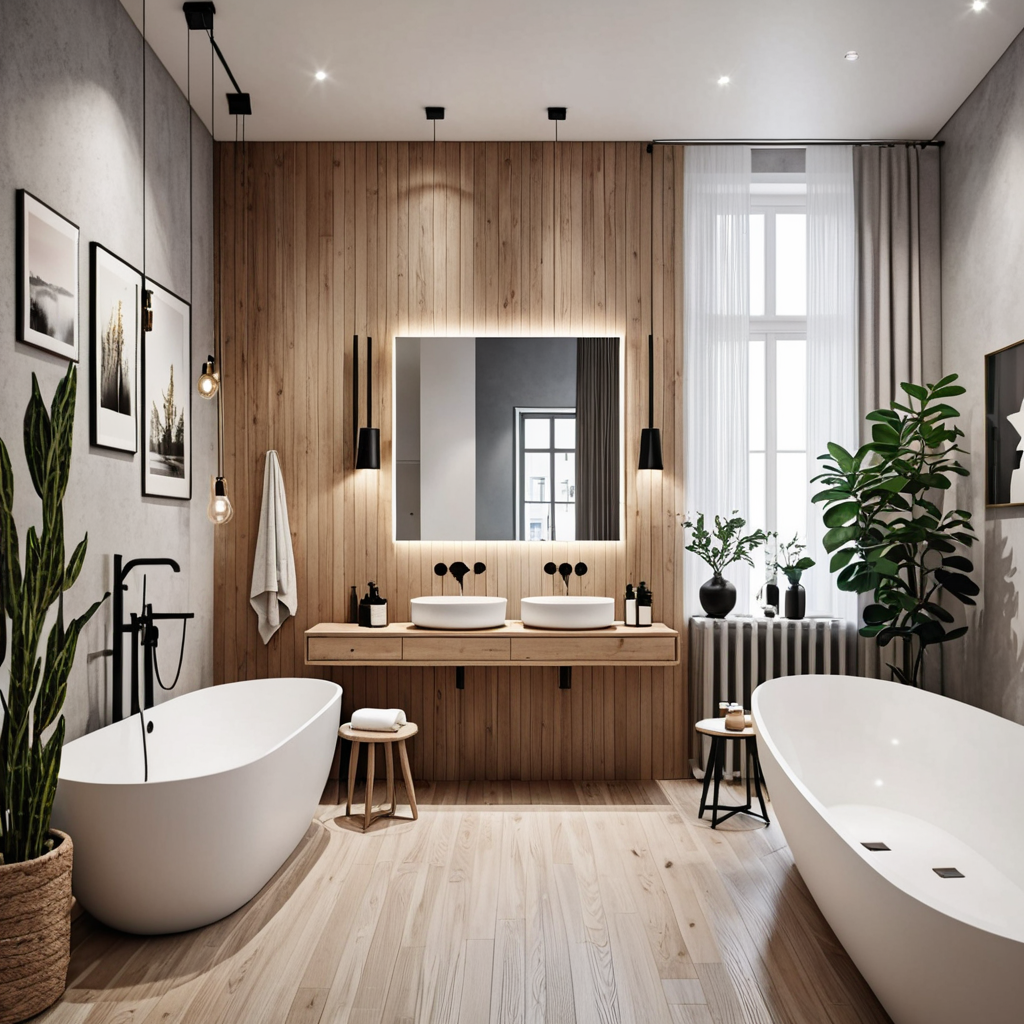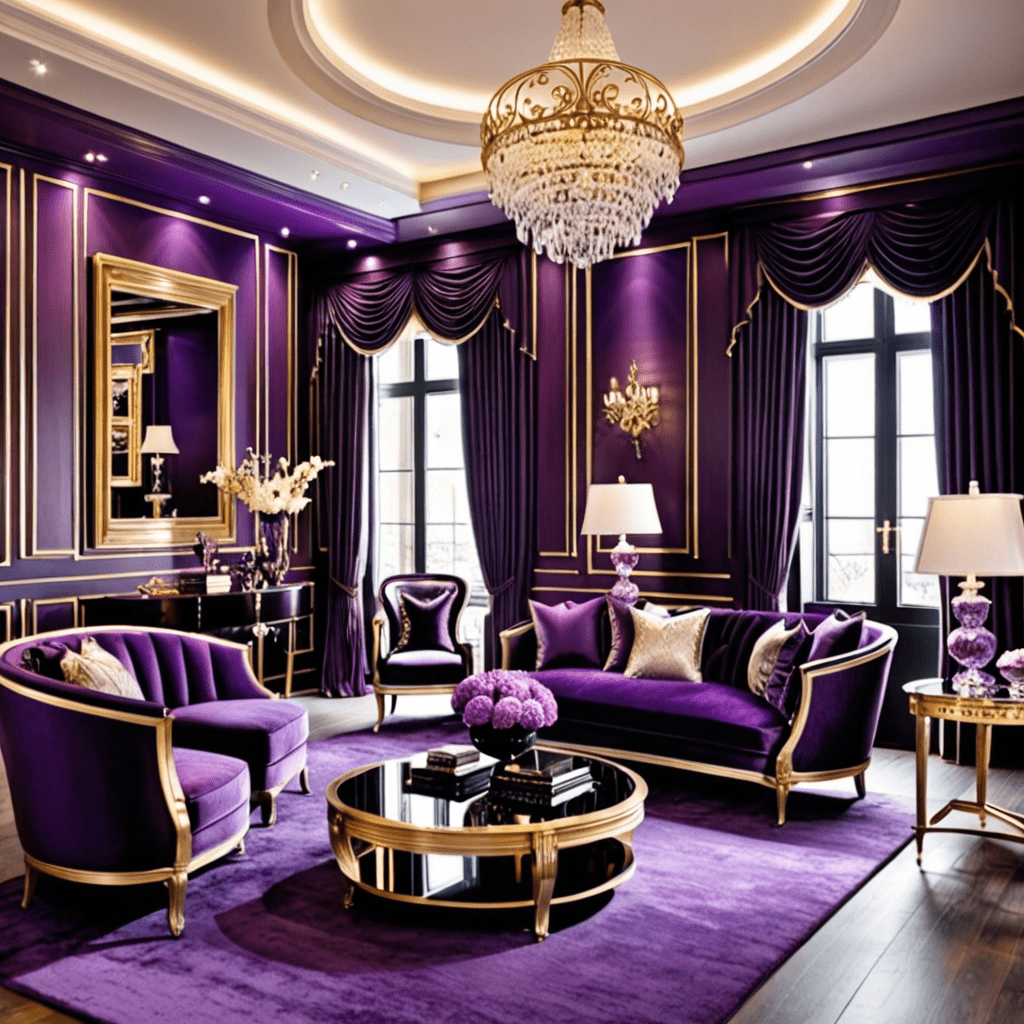1970s Interior Design: A Timeless Trend
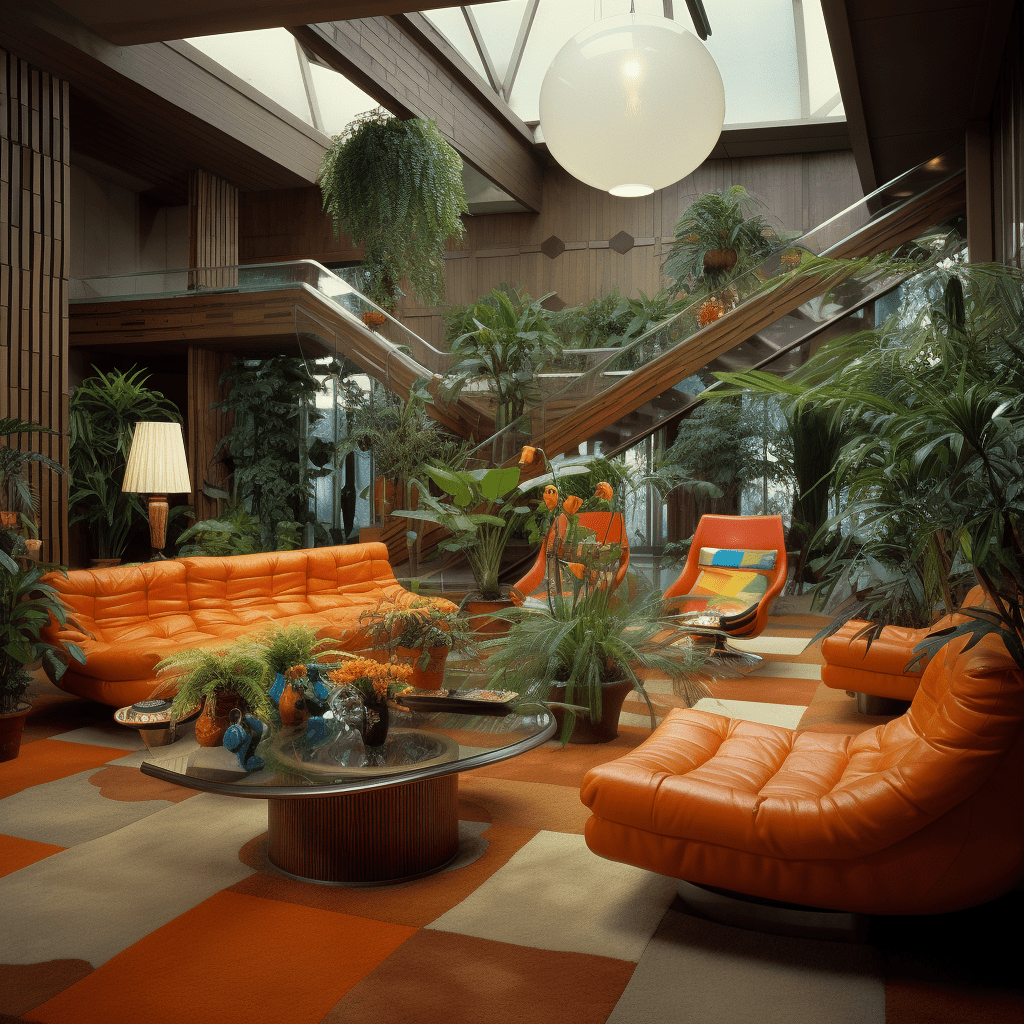

Exploring the Extravagant World of 1970s Interior Design
The 1970s was a decade defined by flamboyance, creativity, and a bold sense of individuality. This era witnessed a significant shift in interior design trends, with homeowners embracing vibrant colors, funky patterns, and a fusion of different design styles. In this blog post, we will take a nostalgic trip back in time to explore the iconic elements of 1970s interior design and how it continues to inspire modern-day aesthetics.
1. Groovy Colors and Patterns
The vibrant color palette of the 1970s was a stark departure from the earthy tones of the previous decade. Bright oranges, yellows, and greens dominated the interiors, with homeowners showing a penchant for psychedelic patterns and geometric designs. These bold color choices were often paired with contrasting hues to create an energetic and stimulating environment.
2. Eclectic Mix of Styles
The 1970s interior design embraced a fusion of different styles, blending elements from various eras and cultures. Mid-century modern furniture coexisted with bohemian accents, while Asian-inspired motifs found their place alongside futuristic details. This eclectic mix created a unique and personalized aesthetic that celebrated individuality and self-expression.
3. Nature-inspired Décor
As the environmental movement gained momentum in the 1970s, homeowners began to incorporate nature-inspired elements into their interior design. Houseplants became a staple, adorning windowsills and indoor spaces. Natural materials, such as wood, wicker, and bamboo, were also embraced, bringing a touch of the outdoors into the home.
4. Open Floor Plans and Conversation Pits
The 1970s witnessed a shift towards open and flowing floor plans, with walls being torn down to create larger communal spaces. This concept of interconnectedness extended to seating areas, with the introduction of conversation pits. These sunken areas, often adorned with plush seating and shaggy carpets, became a popular spot for socializing and entertaining guests.
5. Textured Surfaces and Retro Technology
Texture played a crucial role in 1970s interior design, adding depth and visual interest to spaces. Textured wallpapers, featuring bold patterns or faux finishes, were all the rage. Additionally, homeowners embraced the latest technological advancements of the time, bringing in retro gadgets like record players, lava lamps, and rotary dial phones to enhance the overall ambiance.
6. The Return of Maximalism
In contrast to the minimalist tendencies of previous decades, the 1970s celebrated a more-is-more approach to design. Layered textiles, oversized furniture, and extravagant accessories became commonplace. Homes were adorned with macramé wall hangings, tassels, fringe, and beaded curtains, creating a visually rich and opulent environment.
FAQ: Nostalgic Questions about 1970s Interior Design
Q: How can I incorporate 1970s interior design elements into my modern home?
A: The key is to embrace the spirit of the era while adapting it to suit contemporary sensibilities. Start by incorporating bold colors and patterns in small doses, such as through accent pillows or a statement piece of furniture. Mix different styles and eras to create an eclectic look, but ensure there is a sense of cohesion. Don’t be afraid to experiment and have fun!
Q: Is it possible to create a 1970s-inspired interior without going overboard?
A: Absolutely! If you prefer a more subtle approach, opt for neutral base colors and add pops of 1970s flair through accessories and artwork. Consider incorporating natural materials like rattan or cork to bring in a touch of nostalgia. Remember, it’s all about striking a balance that reflects your personal style and preferences.
Q: What are some tips for finding authentic 1970s furniture and décor pieces?
A: Start your search at vintage and thrift stores, flea markets, and online marketplaces specializing in retro finds. Keep an eye out for iconic brands from the era such as Eames, Broyhill, and Herman Miller. Don’t shy away from DIY projects either – repurposing and refurbishing vintage pieces can add a unique touch to your design.
Q: Can I mix 1970s interior design with other design styles?
A: Absolutely! The beauty of interior design is the freedom to blend different styles and eras to create a look that is uniquely yours. Incorporate 1970s elements into your existing design scheme by pairing them with more contemporary or traditional pieces. The key is to maintain a cohesive overall aesthetic and balance the different elements harmoniously.
Q: Is 1970s interior design making a comeback?
A: Yes, indeed! Elements of 1970s interior design have been steadily resurfacing in recent years. The era’s bold color palettes, textured surfaces, and eclectic mix of styles have become increasingly popular among interior designers and homeowners alike. Whether it’s a subtle nod to the era or a complete immersion in ’70s nostalgia, this design style continues to inspire and captivate.
Q: Can I combine 1970s interior design with a more minimalist style?
A: Absolutely! The key to successfully combining different design styles lies in finding a harmonious balance. Consider incorporating select elements of 1970s interior design, such as bold colors or patterned accents, into your minimalist space. The contrast between the bold and the understated can create a visually striking and unique aesthetic.
Whether you are a fan of the exuberance of 1970s interior design or simply find inspiration from its vibrant elements, incorporating touches of this iconic era can elevate your home’s aesthetic. Embrace the freedom to experiment, mix and match, and create a space that truly reflects your personal style – bold, daring, and full of individuality.
